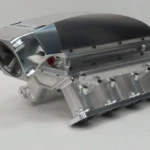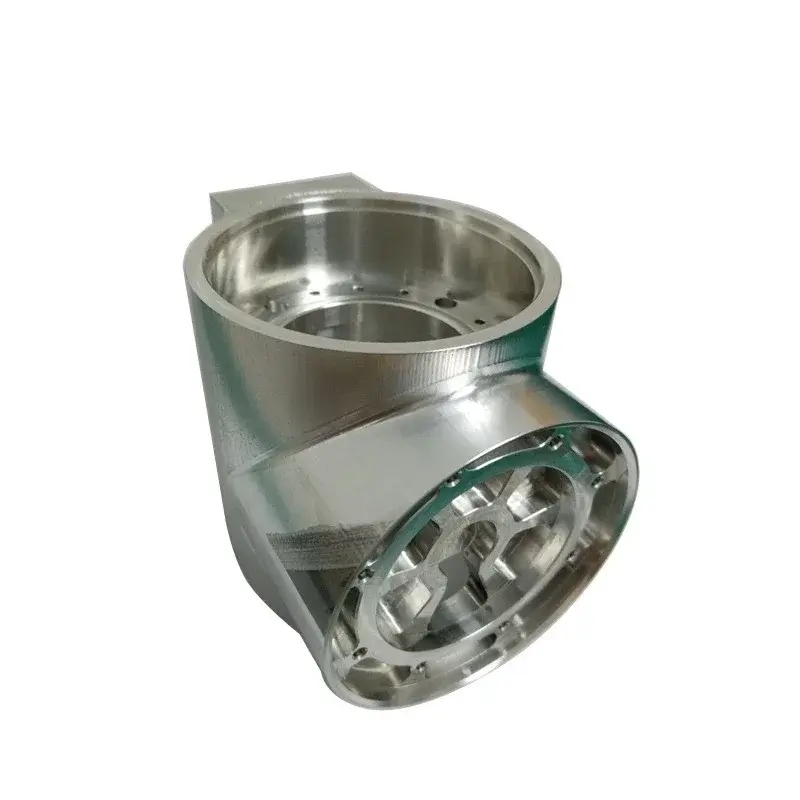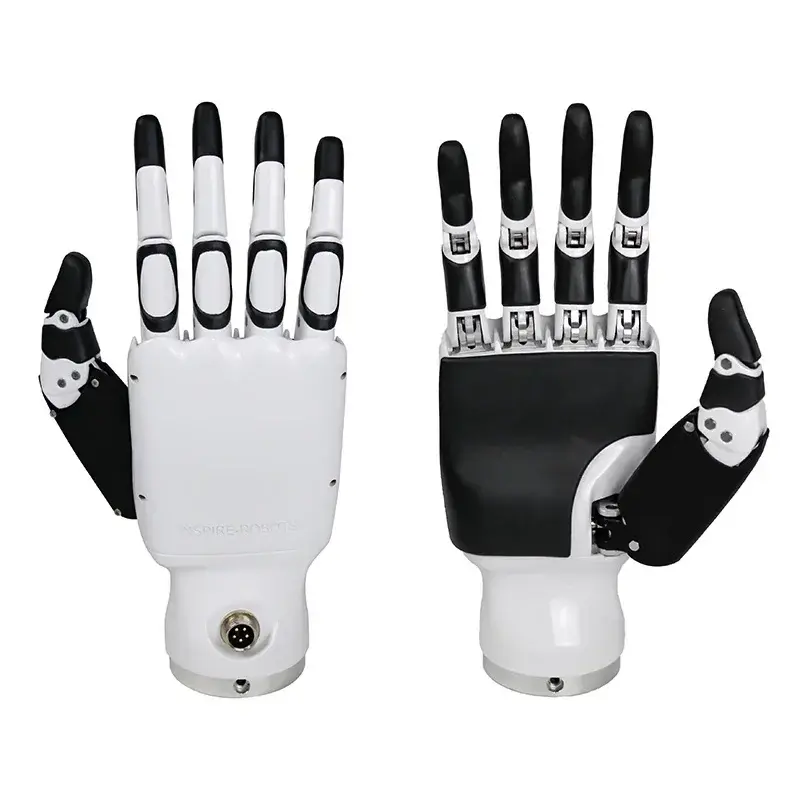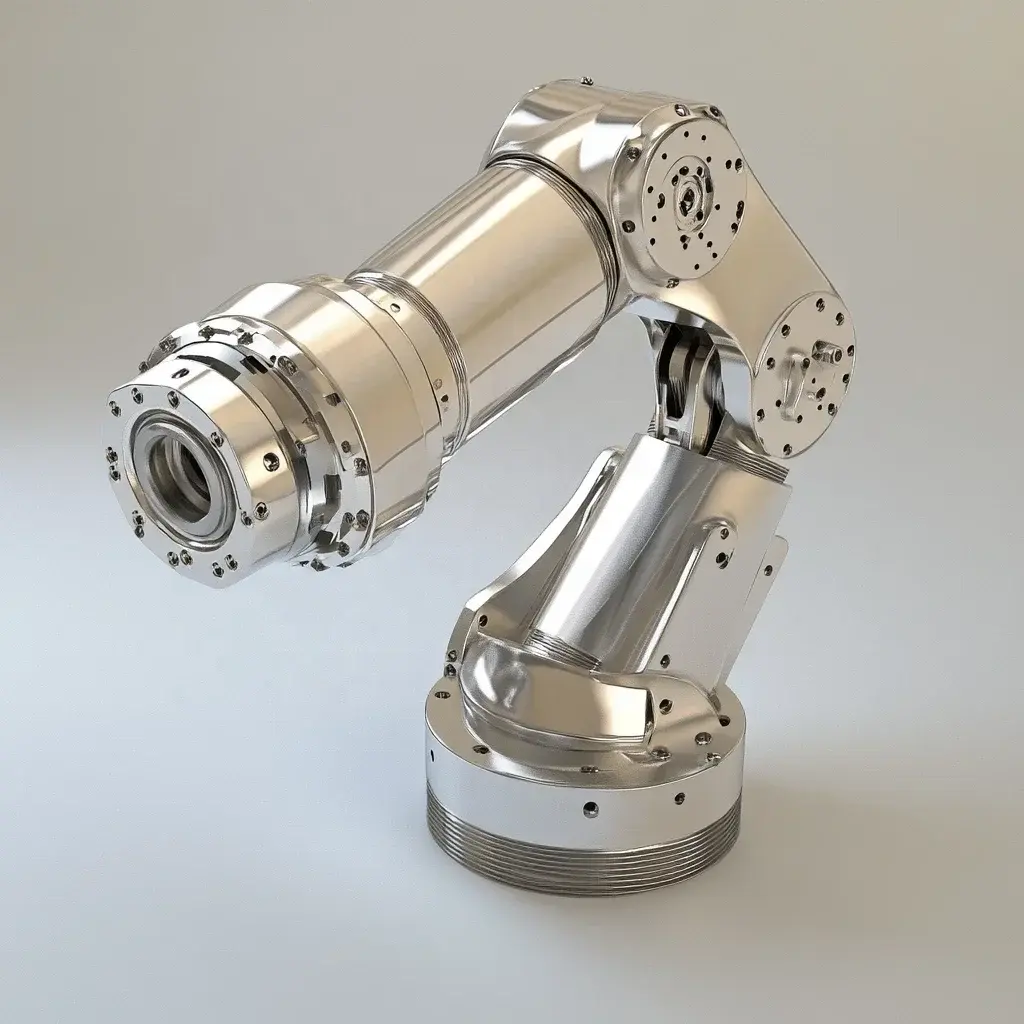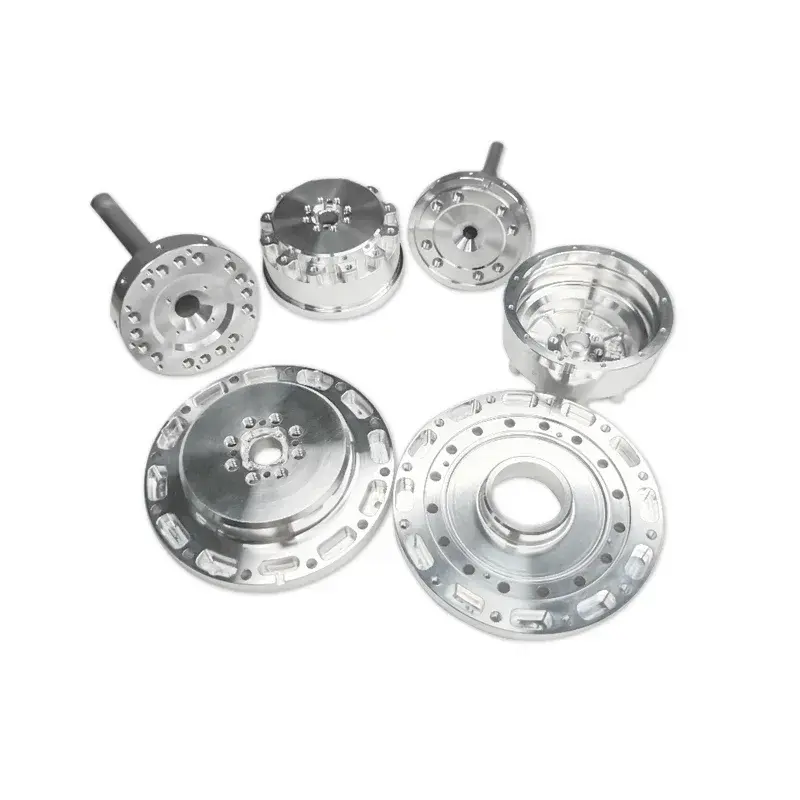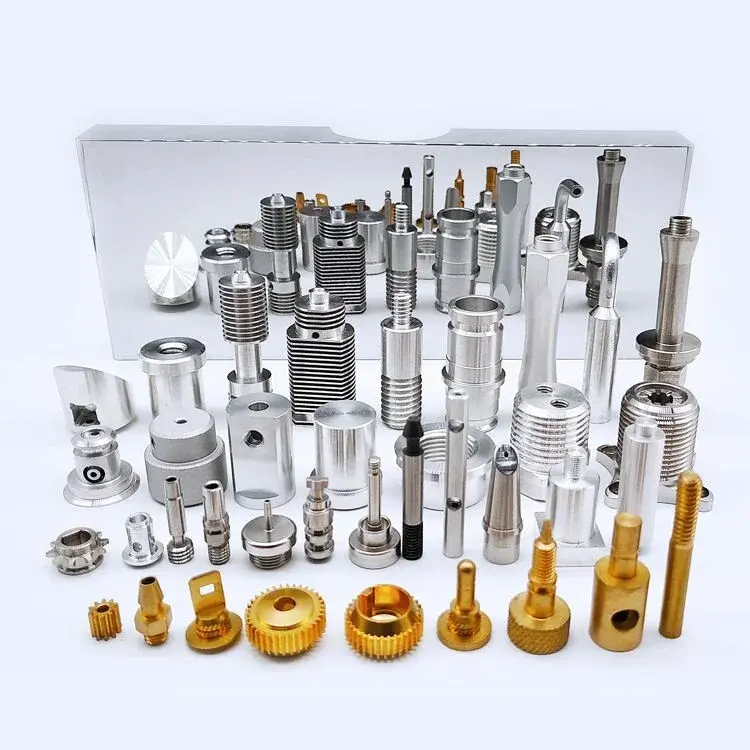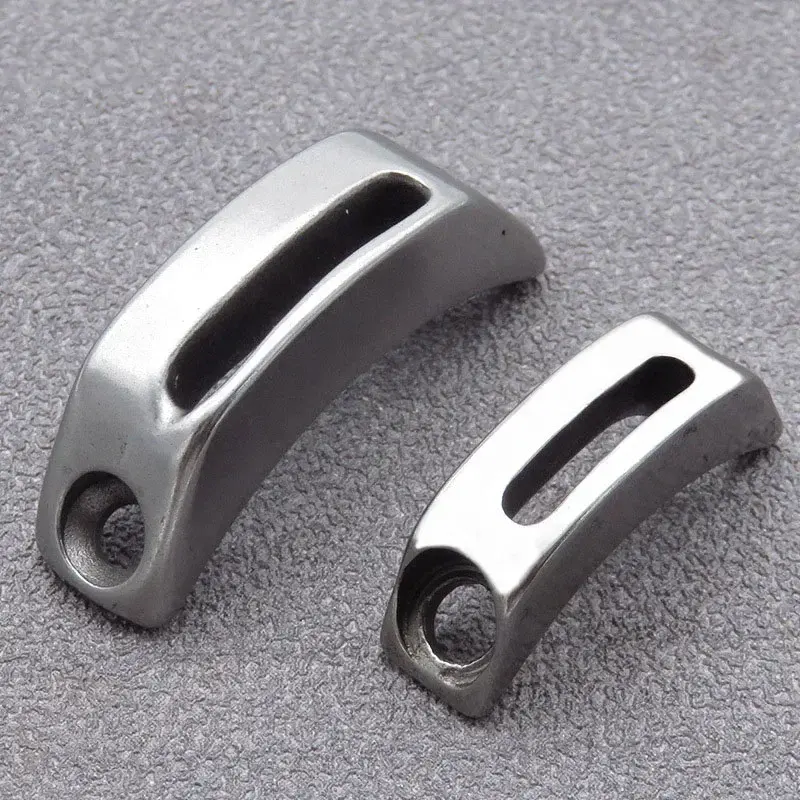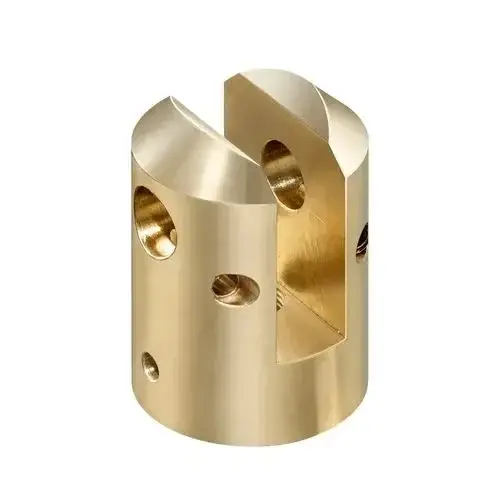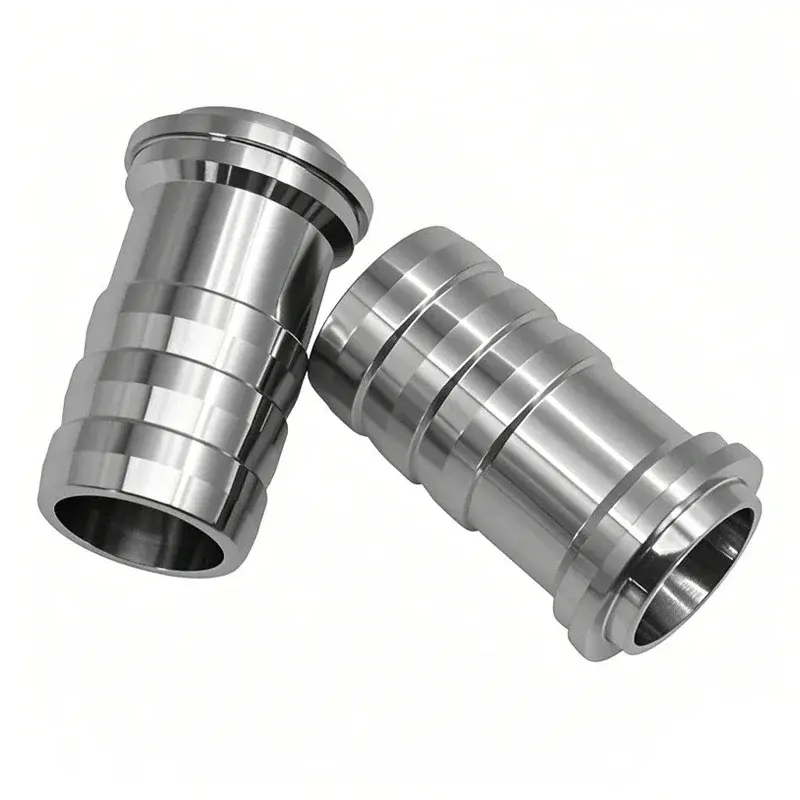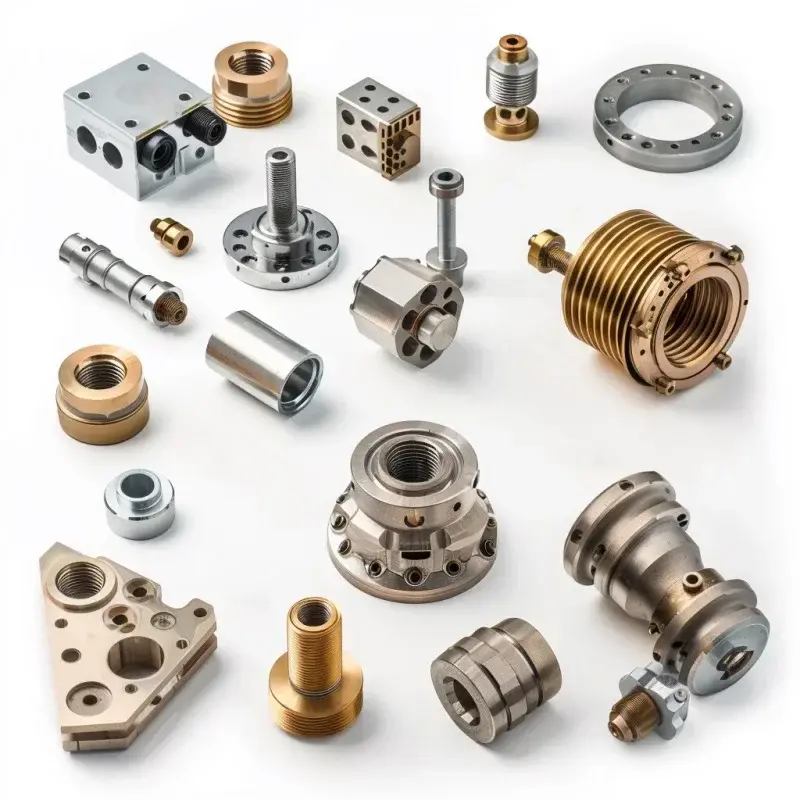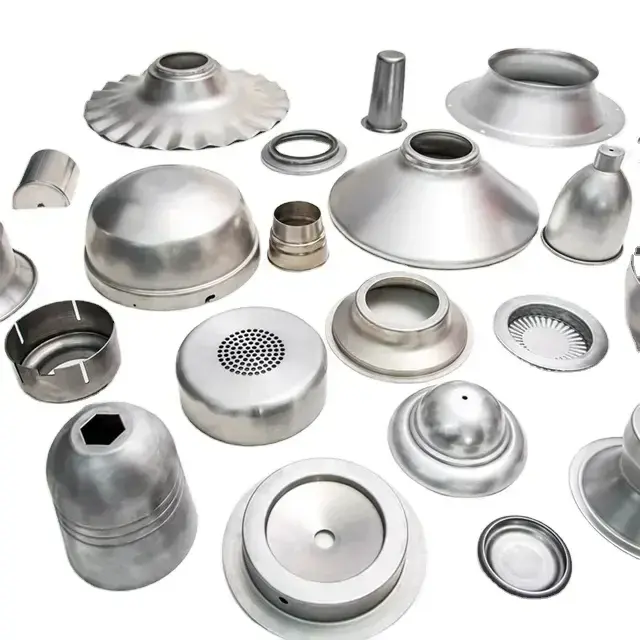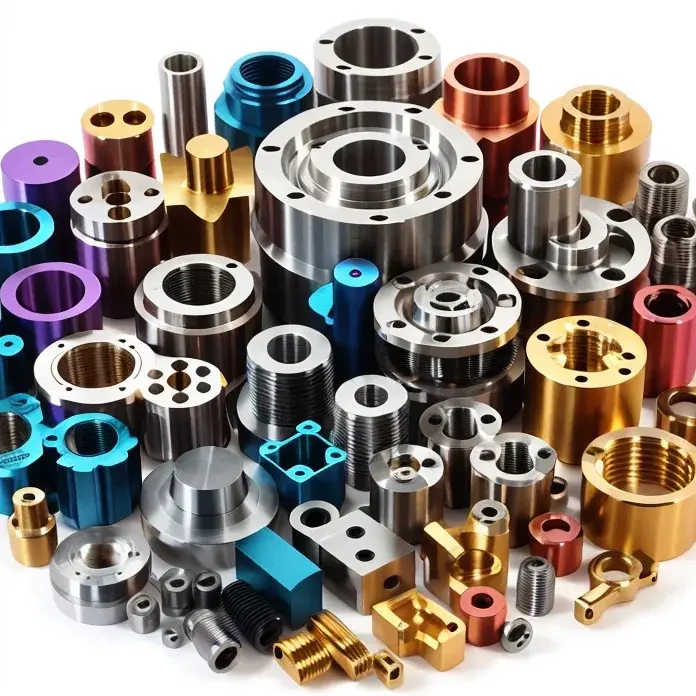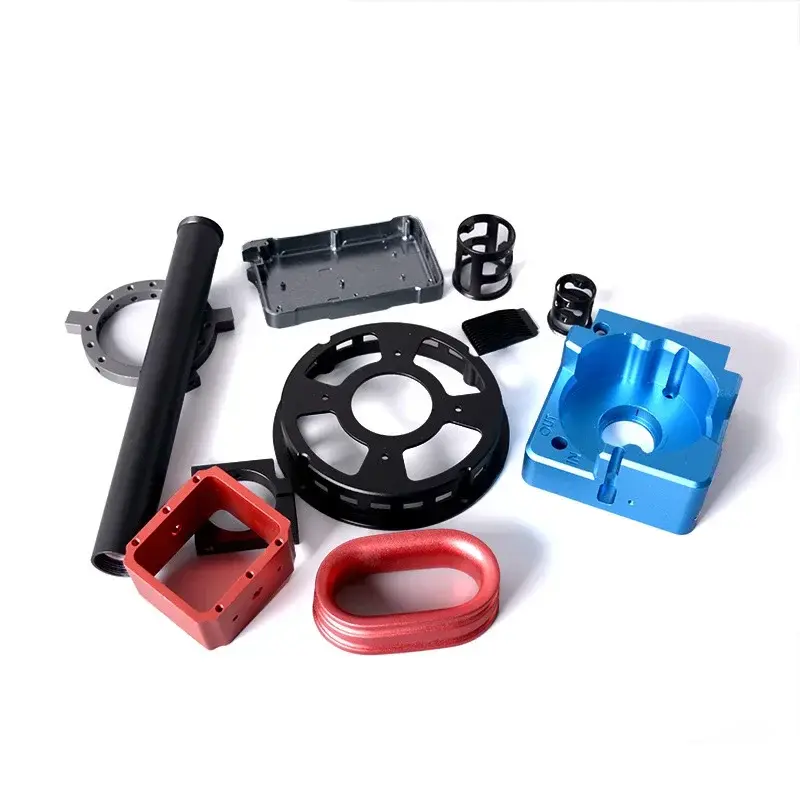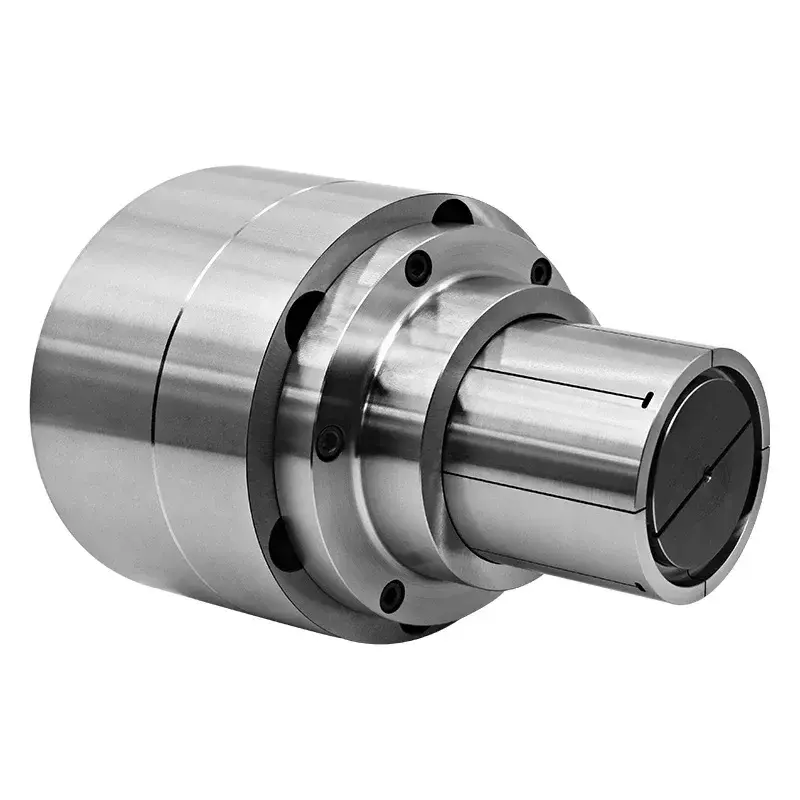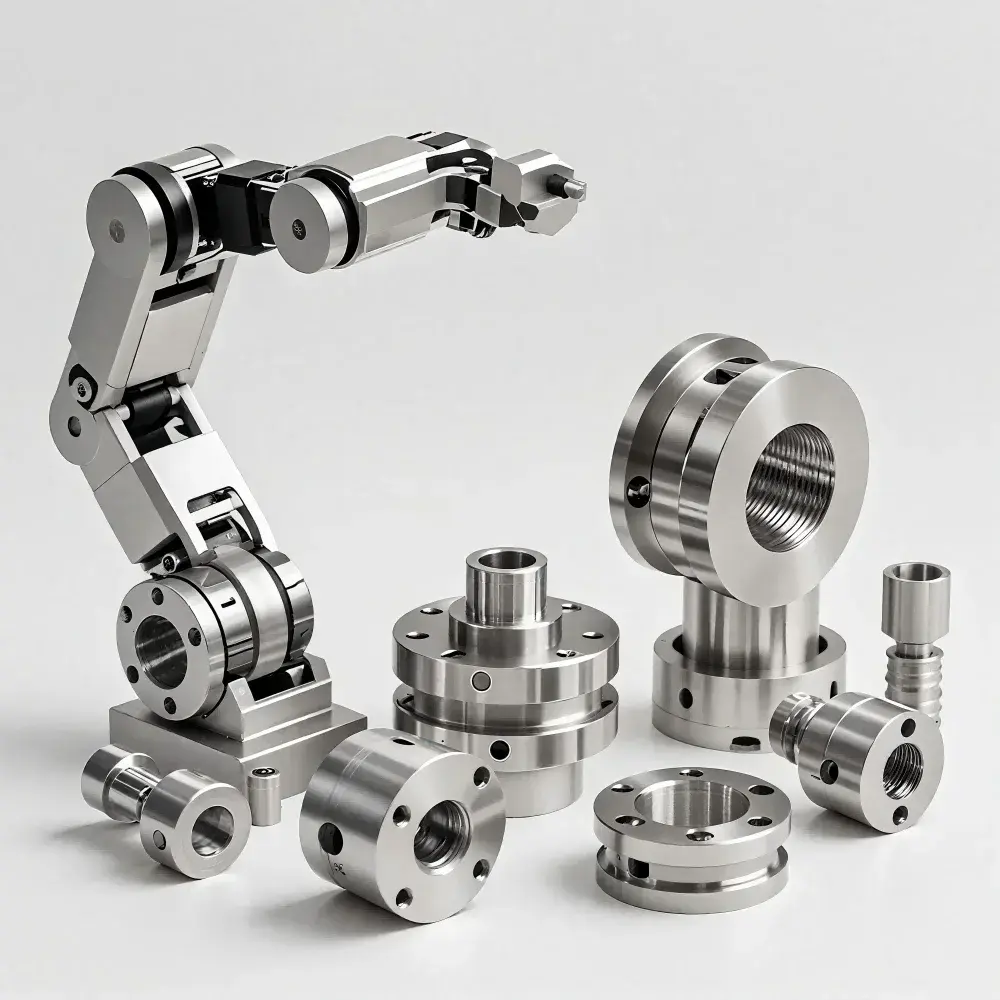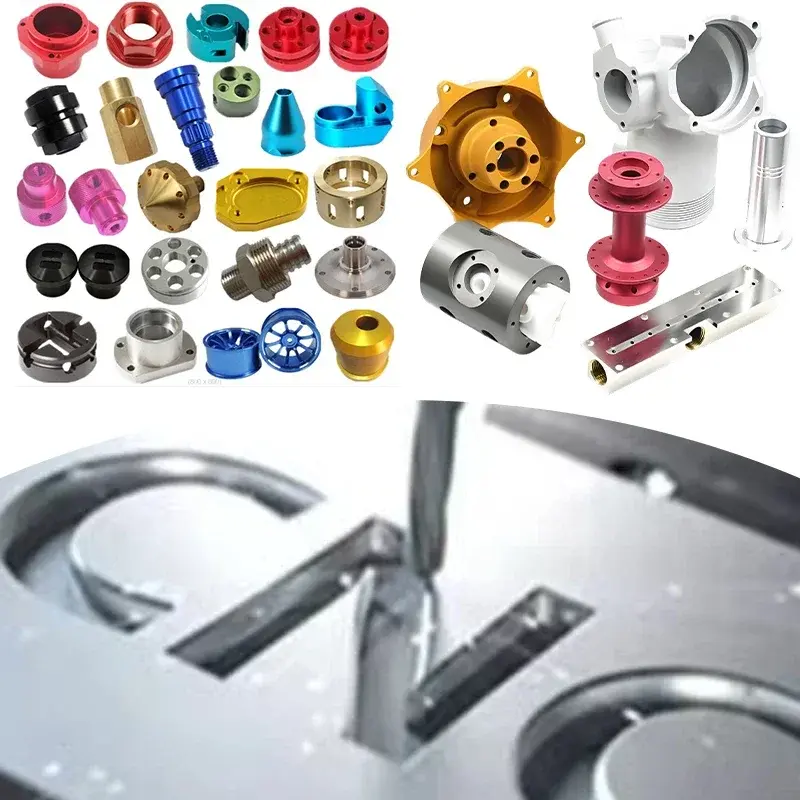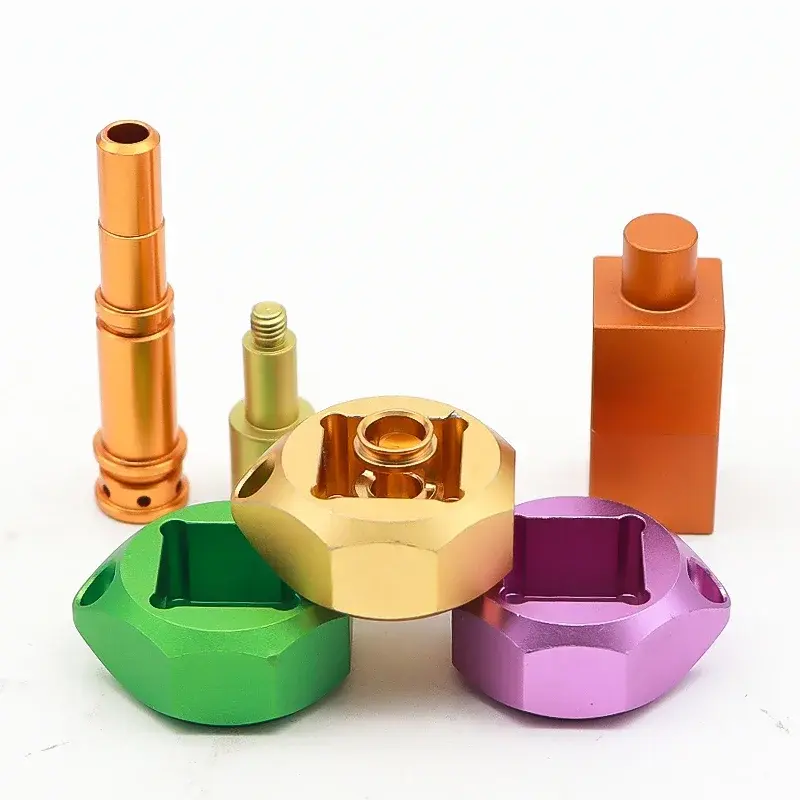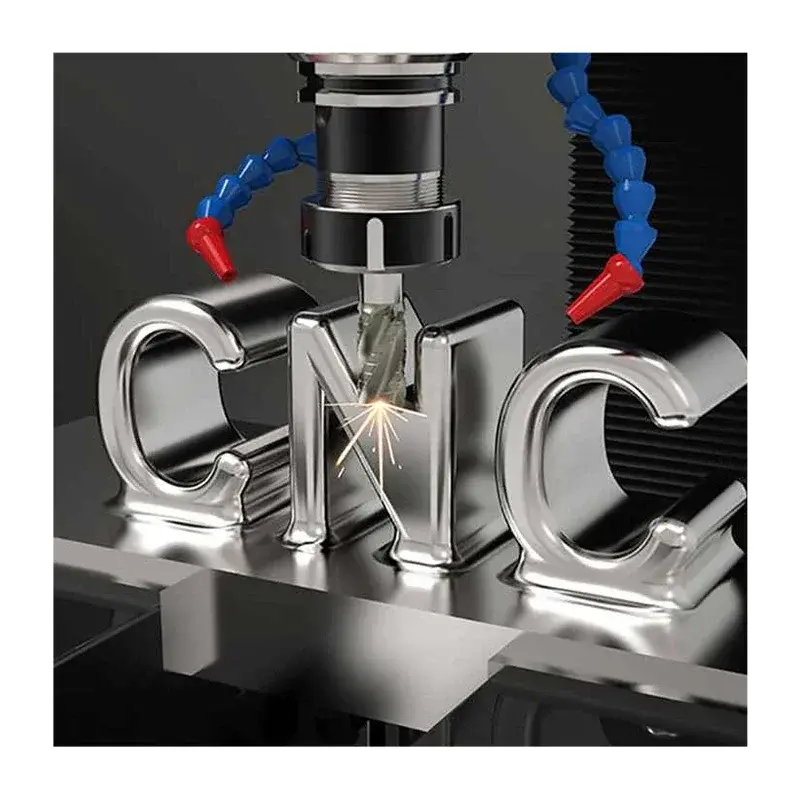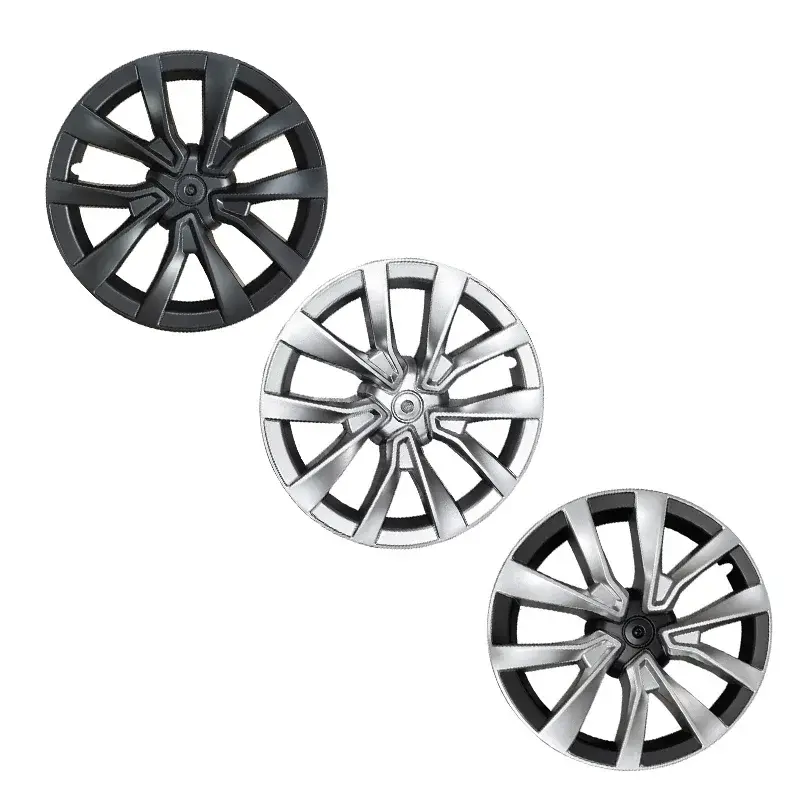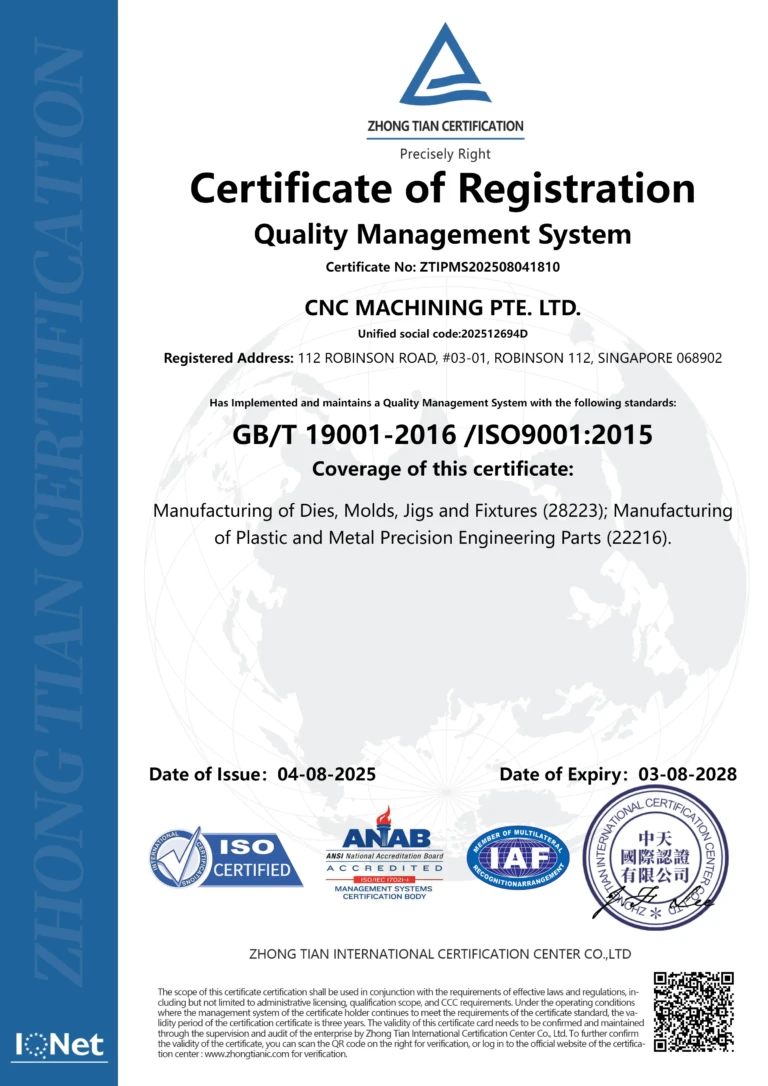The automotive industry is increasingly moving toward sustainability and away from fossil fuels as the supply of hybrid and electric vehicles increases. With the industry known for its constant innovation, electric vehicles and recent projects highlight advancements in manufacturing, performance and design. It is therefore natural to see many electric vehicles adopting3D printing components and design using computer technology. The following list illustrates the use of 3D printing in electric vehicles, giving you an overview of its current role. These examples are in no particular order and reflect the current state of 3D printing in the field.
Ford Explorer Electric3D printing in SUVs
Recently implemented in electric vehicle manufacturingOne of the 3D printed projects is Ford’s Explorer SUV. The American manufacturer used SLA and SLS 3D printing technologies on this model. Ford uses Formlabs solutions to create prototypes of various components such as mirrors, door handles, dashboard parts and mechanical elements and assemblies. The company has long combined traditional production methods with 3D printing to improve material utilization, reduce costs and increase production efficiency and speed.
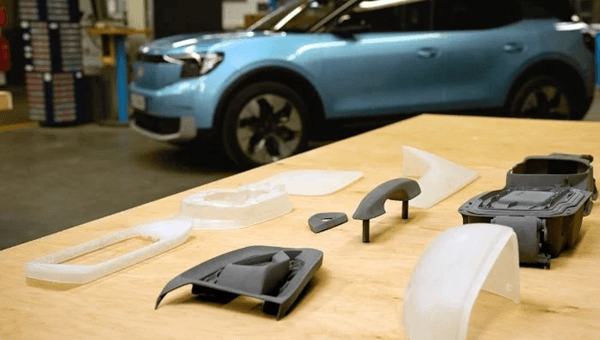
Ford3D printed parts for the Explorer SUV. (Photo credit: Ford)
e-Miles L7e
e-Miles is committed to developing more environmentally friendly travel solutions. Most recently, it launched the e-Miles L7e, an electric vehicle designed for urban environments and sustainable freight transportation. The car stands out for its unique driving system, which uses buttons instead of the steering wheel and pedals, making it suitable for a wide audience. This four-wheeler is made of 90% 3D printed parts, from body parts to interior parts. The e-Miles L7e is equipped with an 8-hour rechargeable battery and an 8 kW motor, allowing it to reach a top speed of 85 km/h.

Photo credit:e-Miles Company
Drexel Electric Racing launches into metal 3D printing
When we think of racing cars, we don’t usually think of electric cars. However, electric racing cars exist, likeAs Drexel Electric Racing proves. The student team designs open-wheel electric race cars for competition and uses 3D printing to build them. Recently, the team participated in the SolidCAM Additive Challenge, which allowed them to discover the latest advances in 3D printing to improve their production processes. Attracted by these technologies, they used powder bonding technology and Bound Metal Deposition™ to integrate metal additive manufacturing into their single-seater race car. Students were able to produce 3D printed steel battery holders and resin steering wheel grips.

Photo credit:SolidCAM
UILA, a 3D printed electric cargo bike suitable for urban travel
The next innovation seduces with its originality and designParticipants at Formnext 2022. Here nFrontier UILA! This hybrid vehicle, a cross between a cargo bike and an electric car, aims to promote sustainable transport and provide solutions to combat climate change and the energy crisis. The two-seater, four-wheel vehicle uses Stratasys FDM technology to manufacture large body parts, while powder additive manufacturing with SAF solutions and P3 systems achieves higher throughput. The best? It’s powered by pedals and doesn’t require a driver’s license, making it ideal for commuting around town.
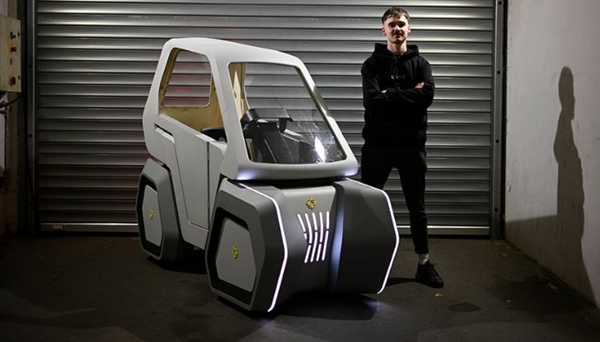
Photo credit:nBorder
MINI electric model
On April 10, 2021, the JCW-inspired MINI Electric Pacesetter completed its first lap as a safety car in Formula E. This car is derived from the MINI Cooper and was designed by JCS in collaboration with BMW MINI Design. , FIA and Formula E. As a safety car, its role is to guide the peloton and slow down the race in the event of an accident or danger. The MINI Electric Pacesetter incorporates numerous innovations such as customizable 3D printed seats, a printed fairing for improved aerodynamics and a rear spoiler also made with 3D printing.

Image source: BMW Group
Aptera solar electric car
Aptera’s mission is to create the most efficient electric vehicles, powered primarily by solar energy. Aptera says this approach aims to eliminate dependence on other sources of electricity and allow users to reduce their carbon footprint by more than 6,000 kilograms per year. The futuristic design of Aptera vehicles is inspired by racing cars and fighter jets and is designed to optimize fuel efficiency through improved aerodynamics. As a result, these vehicles are expected to consume around 30% less energy than other electric and hybrid vehicles. To bring this design to life, Aptera used artificial intelligence and composite 3D printing, although the details of the process are still unknown. The company plans to start production by the end of 2024, subject to meeting financing targets. Aptera models are expected to cost between $25,900 and $46,000.

Image source:Alpha Sol, Aptera
XEV Yo-Yo
YoYo is a model designed by the Italian company XEV which stands out for its use of 3D printing in its manufacturing process. The 100% electric car is equipped with three interchangeable batteries, allowing extensive customization thanks to this technology. Some parts, such as the “blades” (side fins) and internals, can be adjusted according to user preference. YoYo comes in four versions, offering options ranging from a more affordable base model to higher-end versions with larger, larger wheels. screen and power steering. Its top speed can reach 80 km/h.
Arash automobile supercar
Arash Motor Company, which specializes in building custom supercars, is using 3D printing to produce parts for its latest next-generation supercar. Led by founder and chief designer Arash Farboud, the company designed this model for maximum performance, with a carbon engine, multiple electric motors and optimized aerodynamics. For this latest project, the team used three MakerBot 3D printers, including a Replicator Z18, to create complex parts such as suspensions and aerodynamic elements. Method This method is particularly useful for components such as the rear wing and chassis, where lightweighting is essential.

Photo credit:UltiMaker
Bugatti’s Tourbillon supercar
The tourbillon supercar from the famous Italian brand Bugatti is famous for its use ofThe innovative technology developed by the Divergent company stands out for its 3D printed chassis and suspension, the Divergent Adaptive Production System. This approach creates lighter, more efficient components, resulting in a significant 45% reduction in suspension weight. Indeed, the tourbillon chassis is equipped with a 3D printed aluminum multi-link suspension. Additionally, many structural reinforcements are designed in 3D using advanced materials such as carbon composites. The material is used in the overall structure of the vehicle as well as in the front air ducts and rear diffuser, helping to improve the car’s performance and reduce its weight.
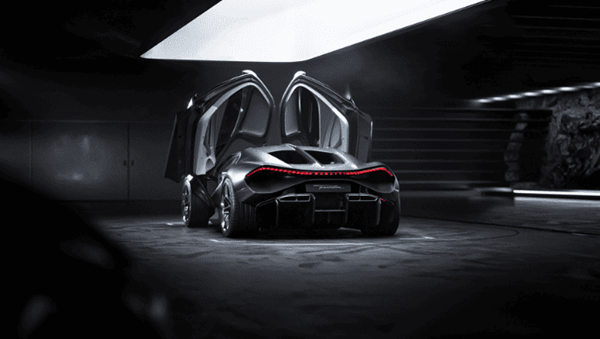
Photo credit: Bugatti
Fiat Topolino
This project uses3D printing technology creates a personalized Fiat Topolino. This project is not implemented directly by Fiat, but by the Italian company Carrozzeria Castagna. The company used 3D printing to completely redesign the electric Beetle. The different parts of the bodywork are made of carbon fiber using an exclusive process developed by Castagna. The car offers excellent customization features, allowing you to choose from a variety of finishes and colors, from muted tones to metallics to wood details.
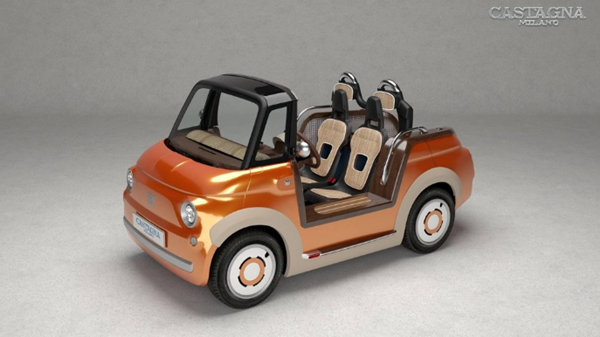
Photo credit: Castagna Milan
LIUX and its animal vehicles
At the end of 2022, LIUX, a Spanish company based in Santa Pola, launched the Animal concept car. This fully electric car built using 3D printing technology aims to revolutionize mobility and sustainability. Designed with organic materials and equipped with modular batteries, it features an elegant design. The interior, exterior and parts of the frame are made from biopolymers composed of organic fibers and resins, while other materials such as cork and linseed are also used. Using additive manufacturing, LIUX not only reduced production time and energy consumption by 70%, but also made the body lighter, making this electric car more environmentally friendly.
Renault5 3D printing in E-tech
This year, Renault is relaunching its emblematic Renault in a new 100% electric form5, called Renault 5 E-Tech. This urban model has a range of 400 kilometers and stands out for its compact design and customization options. Its innovations include the integration of 3D printed accessories into the cabin, such as storage spaces in different colors and patterns. This adds functionality and originality to the driving experience. Renault also highlighted the sustainability of the model by announcing that it is 85% recyclable, including 19.4% recycled materials and 26.6% from the circular economy. Available in five colors, the Renault 5 E-Tech marks the brand’s progress in its sustainable mobility strategy.
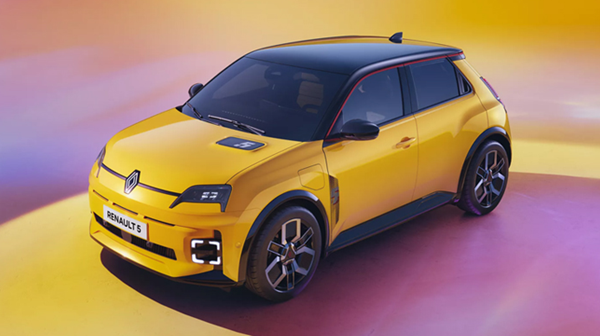
Photo credit: Renault
Daguang focuses on providing solutions such as precision CNC machining services (3-axis, 4-axis, 5-axis machining), CNC milling, 3D printing and rapid prototyping services.




